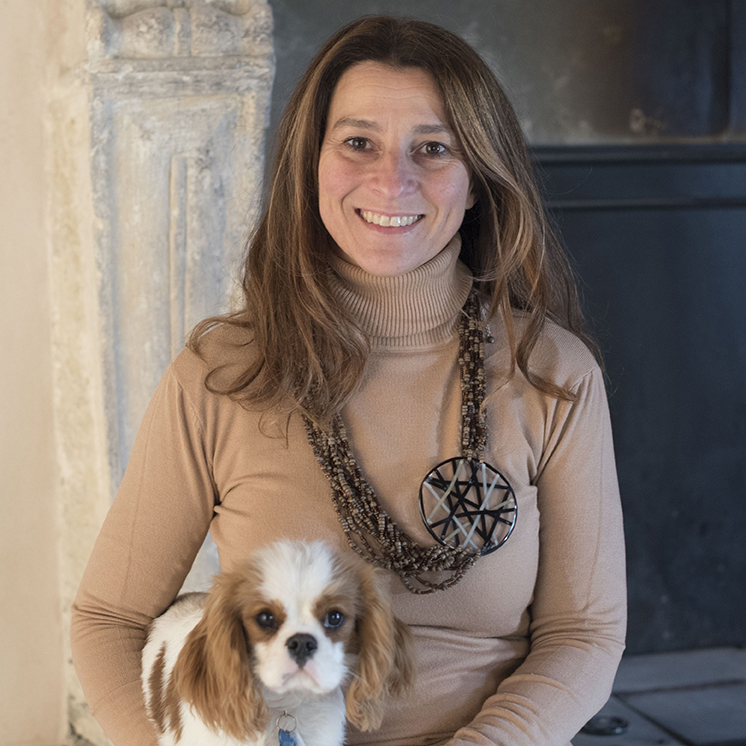What are the symbolic places of the city? To find out, you just have to read the article, I will give you some suggestions for visiting Padua in one day.
Prato della Valle and the other squares of city life
You might not believe it but Prato della Valle has an area of 88,620 square meters and, in the central part, is the Memmia Island, a green area surrounded by a canal and a double row of statues that portray the protagonists of the city’s history .
If the Prato della Valle square is second only to Moscow in size, two others enliven the life of the city. I’m talking about Piazza delle Erbe and Piazza delle Frutta, the two places where the city market takes place.
Moreover, the names immediately recall their function, as well as those of the surrounding streets. The area was in fact divided according to the products sold.
The two squares were connected to each other by the Volto della Rope, here the scammers and swindlers and those who had not paid their debts were punished with a series of blows on the back, with the use of ropes. There was also the corner of lies, the Canton of Busie where merchants negotiated with potential buyers.
Last but not least, Piazza dei Signori, the hub of city life and meeting place for its inhabitants, should not be considered. The symbol of the square is the Clock Tower in the center.
What to see in Padua in one day: the Scrovegni Chapel
One of the reasons why Padua is so well known is undoubtedly the presence of the Scrovegni Chapel inside which the most beautiful cycle of Giotto’s frescoes is preserved.
Giotto tells the life and death of Jesus, Mary and the life of Joachim and Anna in a beautiful painting. As a background a starry sky where blue dominates.
An unmissable stop for your day in Padua, also considering that the work was commissioned to Giotto by Enrico Scrovegni and completed in just two years.
Inside the building there are two museums that I recommend you visit: the archaeological museum and that of medieval and modern art.
Religious buildings in Padua
Among the most important buildings we find the Basilica of Sant’Antonio, curious the fact that the patron saint of the city is called The Saint. Hence the nickname “Il Santo senza nome”.
His relics are kept inside the Basilica. The building is appreciated for the variety of architectural styles present, starting with the Romanesque on the facade, the Byzantine domes as well as the Gothic for the ambulatory and the Moorish style for the bell towers.
Then there are the Cathedral and the Baptistery, the first was built thanks to the project by Michelangelo Buonarroti and dedicated to Santa Maria Assunta while the Baptistery is famous for its internal frescoes by Giusto de ‘Menabuoi.
The fresco immediately catches the eye: in the center Jesus, surrounded by hundreds of saints and angels whose gaze makes you feel observed.
The Hall of Padua, Palazzo della Ragione
Dubbed in this way by the Paduans themselves, Palazzo della Ragione is located in Piazza delle Erbe and was for many years the place where the city court was located.
The interiors of the Palace are presented with attention to detail, given the frescoes that embellish the interior hall.
Not only animals but religious and zodiacal symbols linked to the city, a shame about Giotto’s frescoes destroyed in a fire.
Adjacent to Palazzo della Ragione is Palazzo delle Debite, a prison that had a direct connection with the former.
The Botanical Garden, the oldest university garden in the world
Impossible not to make a stop at the splendid botanical garden of Padua, founded in 1545 and considered the oldest in the world.
There are various types of plants present, starting with curative or endangered ones. In 2014 the Garden of Biodiversity was inaugurated, you will find yourself on a path that crosses all the climatic zones of the Earth.
The typical dishes of Padua
The Paduan cuisine is among the tastiest: to order the bigoli, typical pasta with a rough consistency with goose sauce or the risottos, not just the risi e bisi. Among the traditional second courses we find boiled meat or goose ham. A cuisine based on the use of vegetables and meats including goose, duck, capon, guinea fowl or cockerel.
At the end of the meal, the dessert is a must, try the lace or the pan del Santo in honor of the patron saint of the city and the delicious Paduan focaccia.
A day in Padua is certainly full of attractions to visit, the ideal is to experience the city as a true Paduan, not just culture but squares and the typical evening atmosphere.
You could also decide to visit Palazzo del Bo, seat of the University which saw the presence of illustrious personalities such as Galileo Galilei and Niccolò Copernico. Inside the structure there is the Anatomical Theater, from which students could observe the autopsies from above.
Also in Palazzo del Bo, in the Sala dei Quaranta, there is the wooden chair that belonged to Galileo Galilei in the period in which he taught mathematics and physics.
To get to know other cities of art in northern Italy, find my travel guides here.

